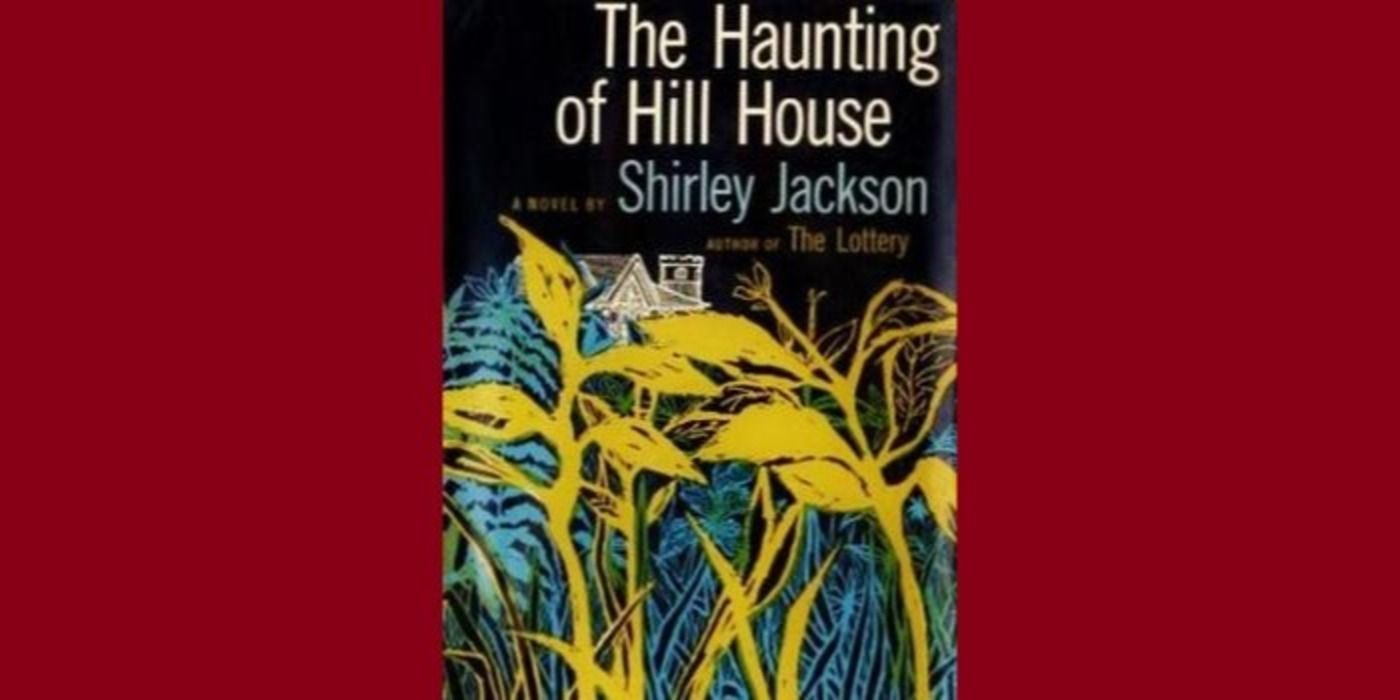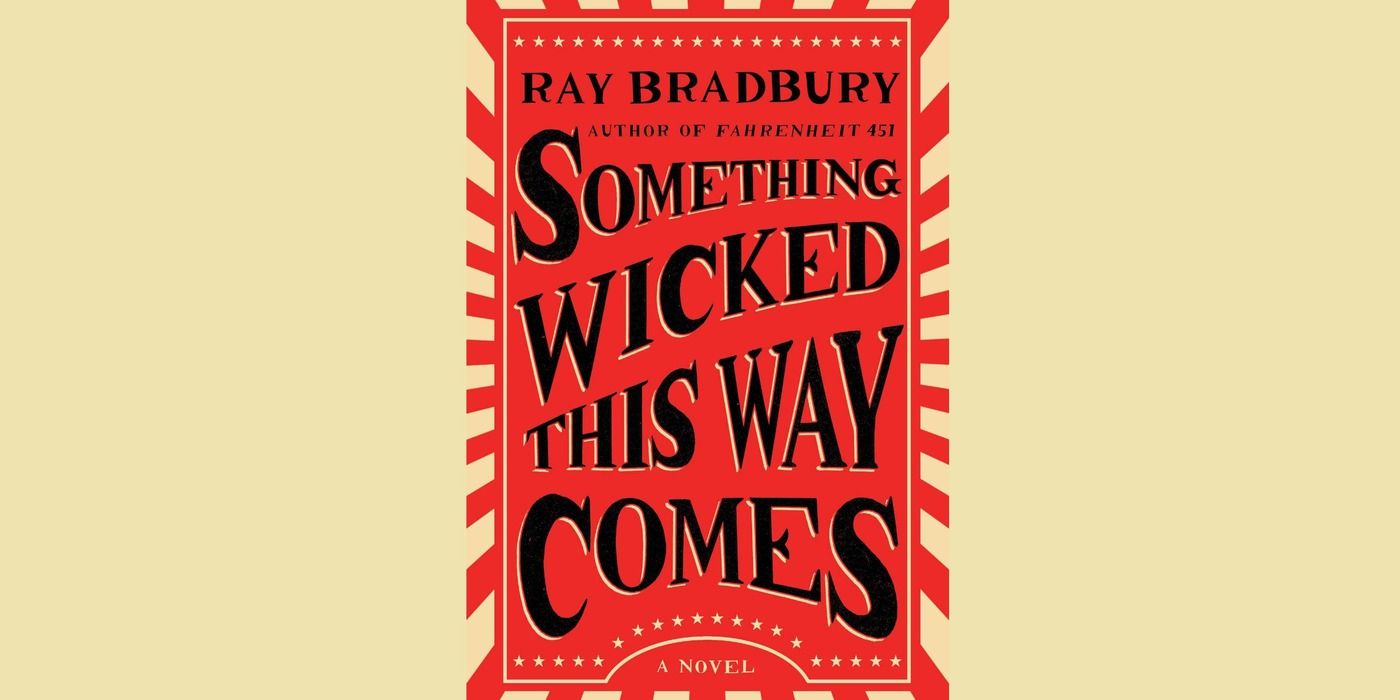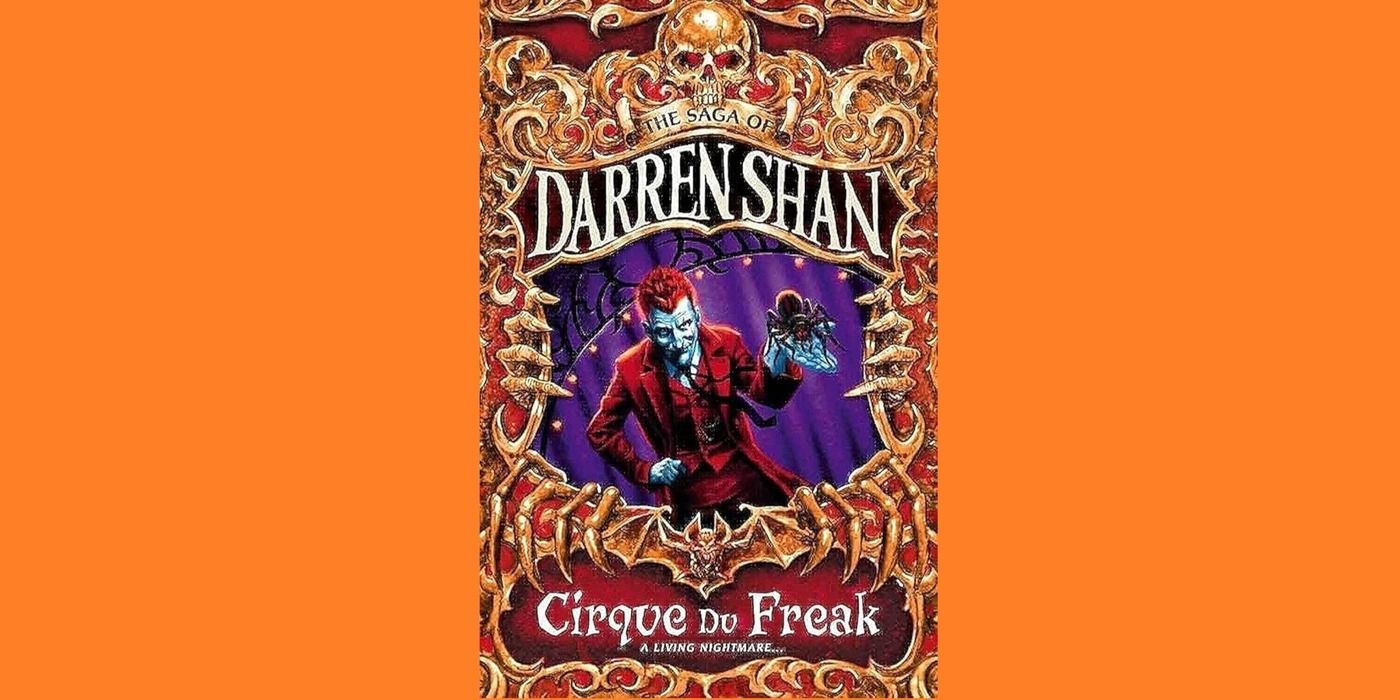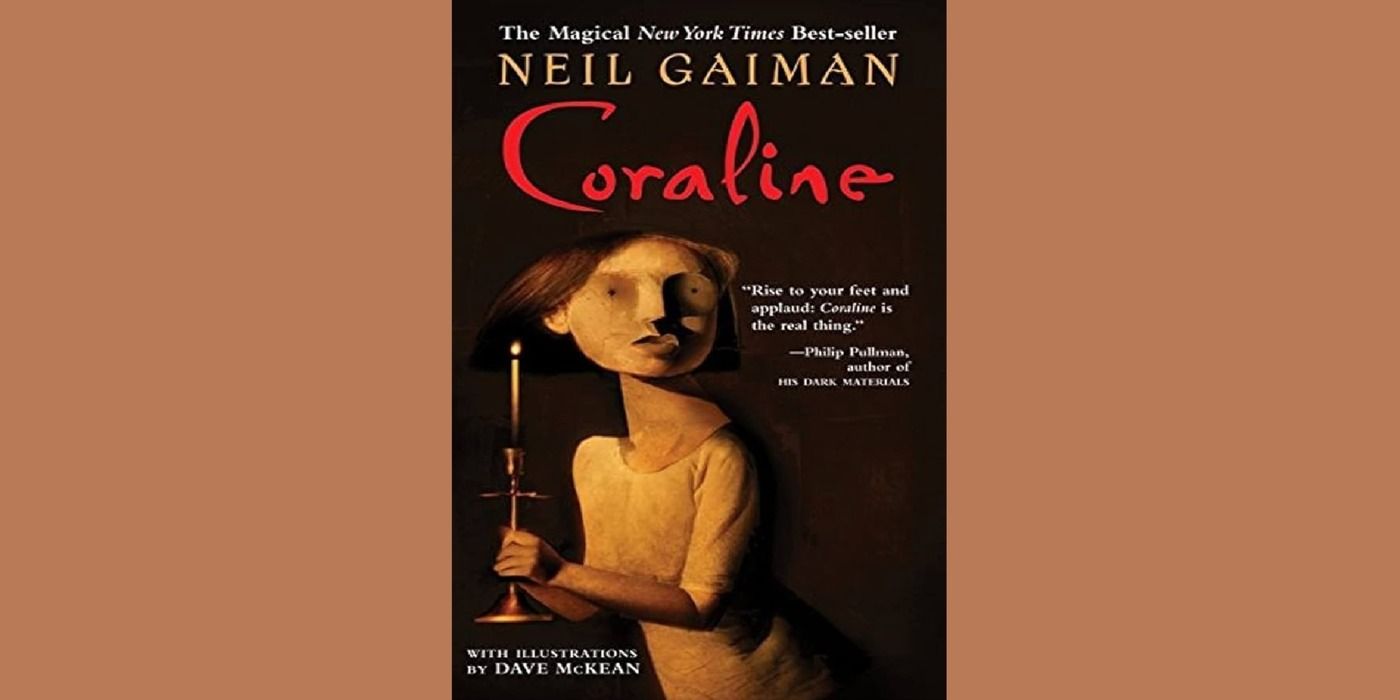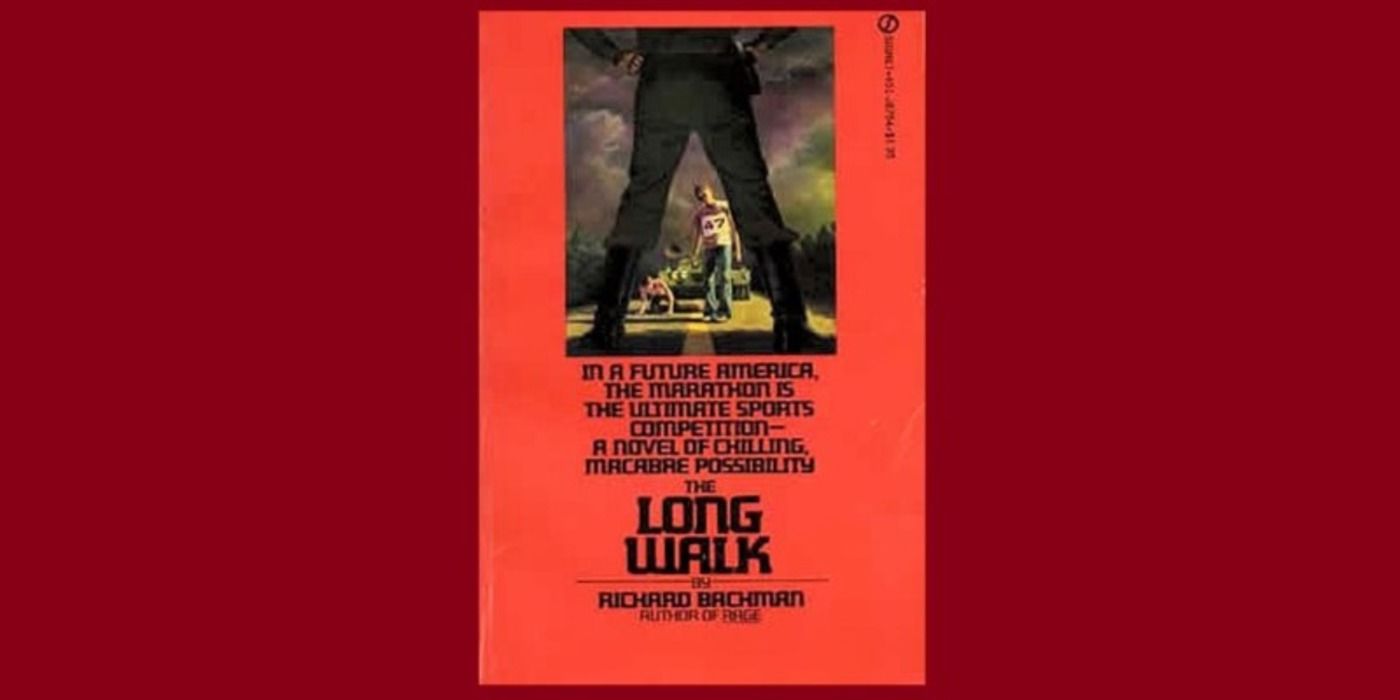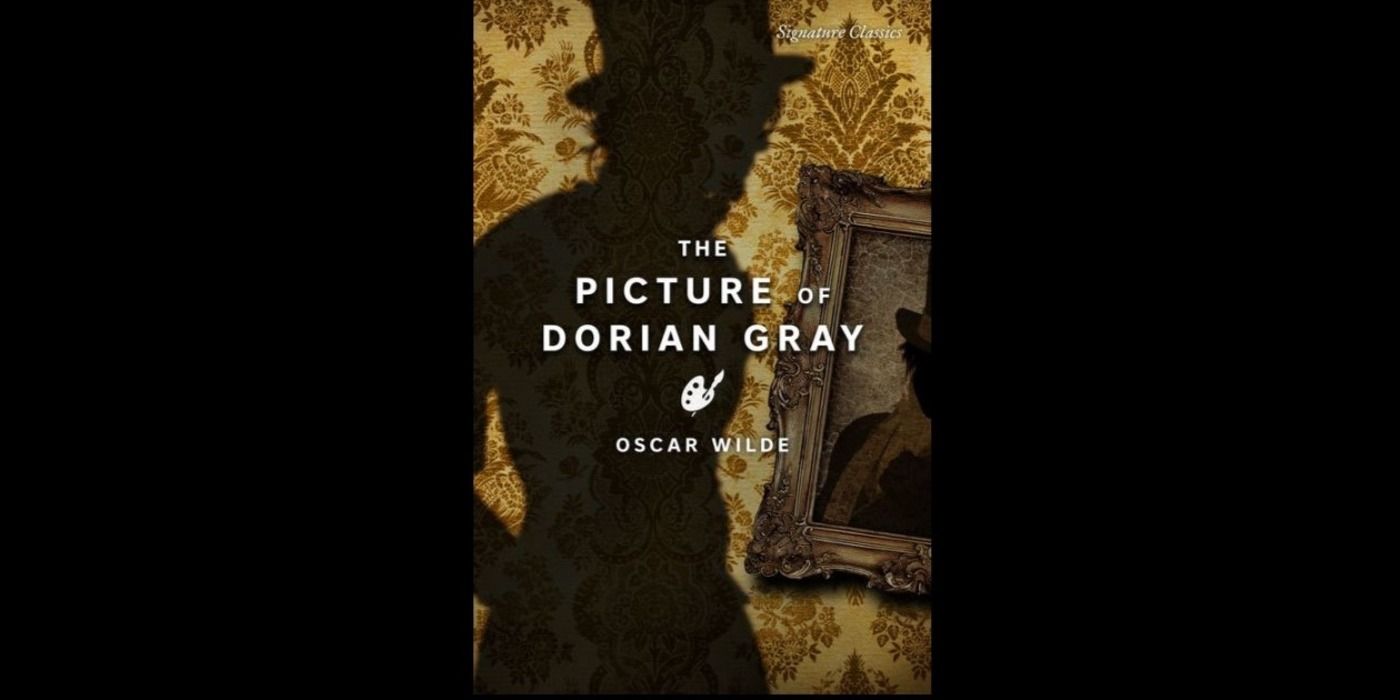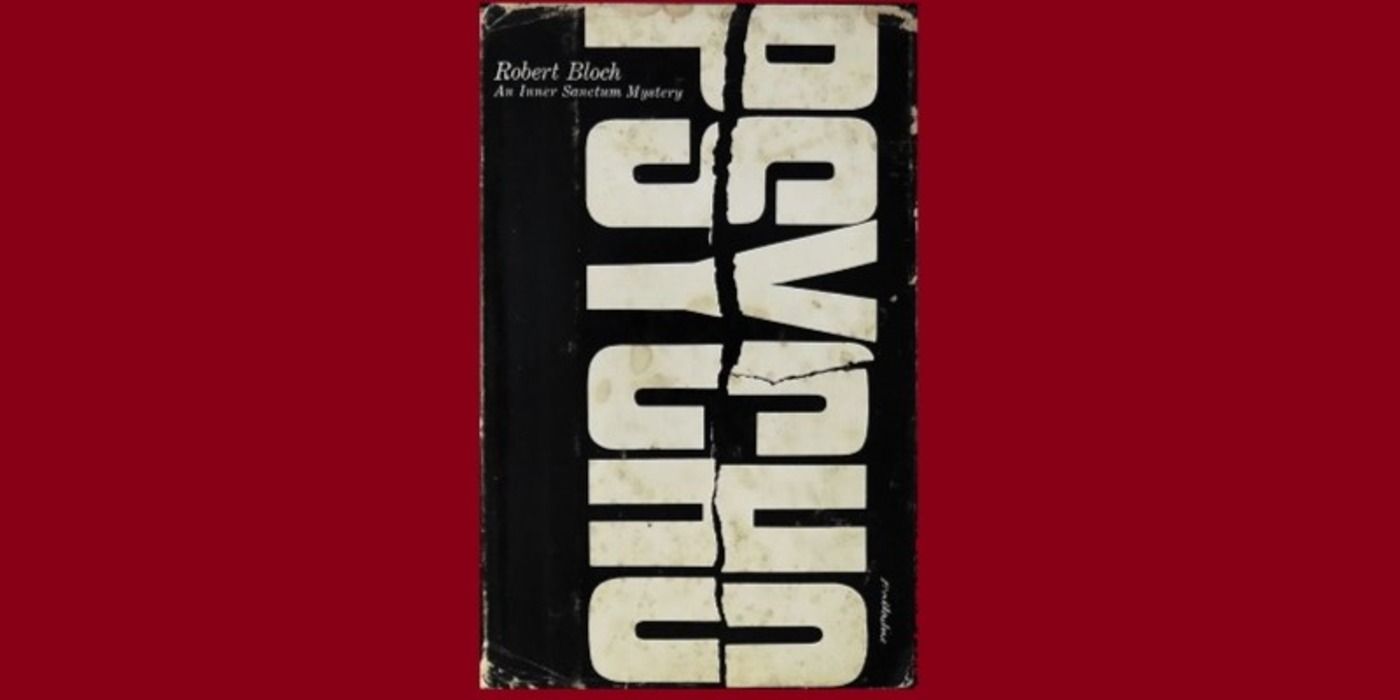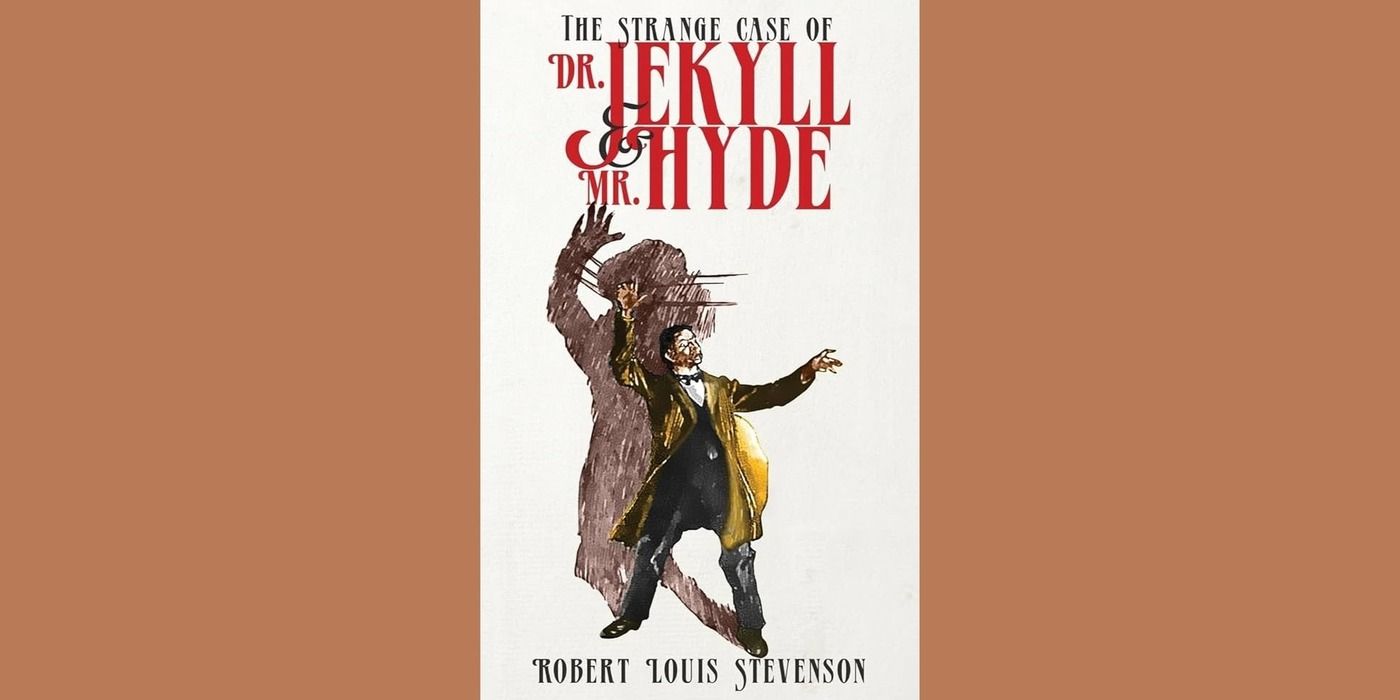While plenty of horror readers love to be scared stiff by every book on their reading list, occasionally, a horror story that keeps things a little bit lighter can be a welcome relief. There’s really something to be said for horror books that aren’t too scary, as they can act as a good entry point for younger readers or give more room for thoughtful themes to be explored without being overwhelmed by terror. Other books were intended to be scary but were first published so long ago that they feel mild by modern standards.
Although genuinely terrifying books have a lot of merit, the intentions of horror stories are not always to have readers cowering in terror, unable to even finish the story. Authors like Stephen King and R. L. Stine often use horror premises as launching points to tell stories that are just as much informed by comedy, mystery, and the supernatural. For those readers looking for a horror book that’s not too scary, there are plenty of options from across the full spectrum of literary history.
10 Frankenstein; Or, The Modern Prometheus (1818)
By Mary Shelley
With the gothic classic Frankenstein, Mary Shelley practically invented the science fiction genre and created a timeless horror classic that remains a seminal work to this day. As the story of a genius scientist named Victor Frankenstein and his attempt to take the corpses of the deceased and reanimate them as a living, breathing, sentient monster, Frankenstein has become a touchstone of modern popular culture. Frankenstein has become so iconic that even those who have read Shelley’s original work will be well aware of its narrative.
While Frankenstein has endured throughout the centuries as a horror classic, this well-worn tale has lost its chilling bite over the years. As a thematically rich work that addresses major questions around life, death, and man versus nature, the power and beauty of Shelley’s emotionally charged and insightful writing solidified its timeless status rather than its being truly terrifying. Although Frankenstein may have looked like a grotesque monster, the most chilling aspect of this story was the way society rejected and ostracized him for being different.
9 The Haunting Of Hill House (1959)
By Shirley Jackson
Shirley Jackson’s The Haunting of Hill House has become a true classic of ghost stories, but it must be admitted that it’s not overly scary by today’s standards. Through the story of four researchers visiting the supposedly haunted Hill House for evidence of real supernatural phenomena, this book remains unnerving with plenty of tension but doesn’t feature anything spooky enough to lose sleep over. The Haunting of Hill House has been so extraordinarily influential in the decades since it’s been published that many of its sequences feel cliche today.
The Haunting of Hill House does not contain jump scares or gory descriptions and instead relies on slow-building psychological tension. Jackson’s evident writing ability ensured the book’s unique atmospheric stylings, and the story of the shy and reserved assistant Eleanor’s encounters with ghostly presences amounted to more of a tragedy than an outright horror story. While it may not leave viewers quaking in their boots, Jackson’s novel has remained relevant through film adaptations and Mike Flanagan’s Netflix series The Haunting of Hill House, which updated the story to align more with modern horror audience expectations.
8 Something Wicked This Way Comes (1962)
By Ray Bradbury
The icon of 20th-century American writing, Ray Bradbury, combined horror and fantasy for his classic 1962 novel Something Wicked This Way Comes. As a fusion of two styles, this beloved book tells the dark story of two friends’ nightmarish experiences with a traveling carnival in a manner that, while wildly effective, was not terrifyingly scary. As the boys learned to combat their fear through encounters with the creepy figures of the carnival, this novel was more unnerving than outright spooky.
Part of the appeal of Something Wicked This Way Comes was not the horror aspects but the poetry and metaphor of Bradbury’s prose. Even the title was taken from the Shakespeare passage “By the pricking of my thumbs, something wicked this way comes” from Macbeth, highlighting this as a literary story concerned with artistry and a deep thematic investigation into notions of fear. While the spooky sequences may not be scary enough to keep readers up at night, they will be rewarded with a complex, deep, and thought-provoking story about the conflicted battle of good versus evil within every person.
7 Cirque Du Freak (2000)
By Darren Shan
Cirque du Freak was the first novel in The Saga of Darren Shan series by children’s author Darren Shan, a pseudonym for the Irish writer Darren O’Shaughnessy. The first novel in a 12-book series, Cirque du Freak introduced Darren Shan, a young boy coerced by the vampire Larten Crepsley into becoming his assistant and a half-vampire. With rich world-building and a unique supernatural landscape, this fascinating horror series acted as a lesser-known Irish alternative to the Harry Potter series.
Cirque du Freak
laid the groundwork for Darren Shan’s world, which was populated with vampires, demons, and otherworldly supernatural creatures.
As the first book in the Vampire Blood trilogy, Cirque du Freak laid the groundwork for Darren Shan’s world, which was populated with vampires, demons, and otherworldly supernatural creatures. As a series that is suitable for preteen readers, Cirque du Freak managed to capture the suspense and tension of great horror books while remaining child-friendly. With four trilogies of novels to enjoy, Cirque du Freak was only the beginning of this hidden gem of a horror series.
6 Coraline (2002)
By Neil Gaiman
Neil Gaiman’s Coraline blended Lovecraftian cosmic dread with body horror in a way that was digestible and enjoyable for young readers. As a great entry point for kids to get into horror writing that remains a genuinely engaging story for adult readers, Coraline walked the fine line between creepy characterization and richly realized themes of appreciation and courage. Through the story of a young girl unlocking a passage to another world that mimics her own, Coraline had enough frightful tension to keep things engaging while remaining lighthearted enough for children.
While Coraline may not have been in the sense of shocking gore or horrifically disgusting sequences, it was deeply unsettling in many ways. From the button eyes of her doppelgänger parents to the trapped souls of children for whom Coraline was their last hope, Coraline pushed young readers to face confrontational themes and heavy topics. With an understanding that children are resilient enough to face serious topics, Coraline is a great introduction to the world of horror for mature children looking to expand their literary horizons.
5 The Long Walk (1979)
By Stephen King (As Richard Bachman)
Stephen King is responsible for some of the most famous horror books of all time, and in the late 1970s, he was so prolific that he wrote under the pseudonym Richard Bachman because the rate at which he was releasing books was so fast-paced. One of the greatest of all the Bachman books was The Long Walk, a dystopian horror about the contestants of a grueling annual walking contest in a totalitarian imagining of the United States. With deep themes of survival, determination, and the sacrifice of human life, The Long Walk will keep viewers hooked from start to finish.
Stephen King published the following books under the name Richard Bachmann:
Rage
(1977),
The Long Walk
(1979),
Roadwork
(1981),
The Running Man
(1982),
Thinner
(1984),
The Bachman Books
(1985, collection),
The Regulators
(1996),
Blaze
(2007).
While The Long Walk was one of King’s most accomplished works, it was also far less scary than other outright horrors such as The Shining or Pet Sematary. The Long Walk was a book full of fear and dread and stood as a dark parody of spectator culture as 100 teenage boys were forced into this ruthlessly unforgiving competition. While this made for truly effective writing and an engaging story, as a pure horror book, it wasn’t particularly scary and was best enjoyed for its thematic resonance over outright scares.
4 The Picture Of Dorian Gray (1890)
By Oscar Wilde
The Irish poet and playwright Oscar Wilde gave the world a gothic horror classic with his only full-length novel, The Picture of Dorian Gray. While this timeless classic powerfully addressed themes of beauty and aging, and the characterization of Dorian Gray’s image of aging in a picture while he stayed eternally youthful was a horrifying idea, this novel was not particularly scary in the sense most horror readers would expect. Instead, this story was a mature exploration of vanity and the lengths people will go to maintain their youthful outward appearance.
Even though The Picture of Dorian Gray was first published in 1890, it has remained incredibly relevant amid modern culture’s obsession with youth and the normalization of cosmetic surgery. With a homoerotic subtext that went against the strict social norms of Victorian England, Wilde’s novel has earned its legacy due to its rich themes rather than scary sequences. While it’s not a novel that’s likely to have readers cowering in fear with every page turn, the existential dread that it conjured makes it a true classic of gothic horror.
3 Psycho (1959)
By Robert Bloch
Although Alfred Hitchcock’s 1960 film adaptation is likely the best-known version of this story, Norman Bates originated in Robert Bloch’s 1959 novel Psycho. However, rather than being a handsome boy next door type turned sinister schizophrenic, Bloch’s characterization depicted Bates as a middle-aged bachelor and far more outrightly unpleasant and damaged. With many similarities to the real-life serial killer Ed Gein, Psycho was a highly influential novel in both horror literature and films.
While Psycho had its fair share of scary sequences as it depicted Norman taking on the role of his overbearing mother to kill the young woman Marion Crane, the novel was not nearly as unnerving as Hitchcock’s film version. Without the eerie iconic score by Bernard Herrmann, whose high-pitched, screeching violins made the shower murder one of the horror genre’s most iconic scenes, Psycho felt a lot less scary in the written word. By lacking the sense of panic and anxiety of Herrmann’s composition, Bloch’s version of Psycho did not feel as unnerving.
2 Strange Case Of Dr Jekyll And Mr Hyde (1886)
By Robert Louis Stevenson
Scottish author Robert Louis Stevenson was responsible for some true literary classics such as Treasure Island and left his mark on the gothic horror genre with the novella Strange Case of Dr Jekyll And Mr Hyde. A truly influential book, even the term Jekyll and Hyde has entered everyday language to describe people whose personalities can shift in the blink of an eye. With a story about a doctor who finds himself switching into a murderous criminal, Strange Case of Dr Jekyll And Mr Hyde powerfully addressed themes of dual identities and the potential for good and evil within individuals.
With pressing themes around science, religion, madness, and morality, Stevenson’s writing was truly engaging and just creepy enough to please those who have a love for horror.
Published amid the popularity of penny dreadfuls and pulp fiction classics, Dr Jekyll and Mr Hyde struck a chord with readers at the time but was more interesting from a psychological perspective than as a true horror story. With pressing themes around science, religion, madness, and morality, Stevenson’s writing was truly engaging and just creepy enough to please those who have a love for horror. While it’s not truly scary in a traditional sense, there were a lot of spooky ideas and thoughtful terror within Dr Jekyll and Mr Hyde.
1 Goosebumps (1992 – 1997)
By R. L. Stine
R. L. Stine’s Goosebumps series was countless young readers’ introduction to the world of horror fiction as teens and pre-teen characters found themselves embroiled in frightening circumstances. As a major horror franchise that went on to include books, movies, TV shows, and spin-offs, Goosebumps varied in its spookiness from release to release but was always mild enough to be enjoyed by children. With over 400 million copies sold worldwide (via Words Rated), these chilling stories helped get 1990s kids excited about reading and have truly stood the test of time.
With iconic installments like The Haunted Mask and One Day at Horrorland, Goosebumps stories encapsulated horror, comedy, fantasy, adventure, supernatural fiction, thrillers, and mystery stories. With dozens of entries in the original series, Stine continued the franchise with successor books into the 21st century, such as Goosebumps Series 2000. Often referred to as the Stephen King of children’s books, Stine was the entry point for millions of horror readers worldwide.



